Thank you for getting social about animal agriculture! Share any of the following graphics to your social media pages!

According to the USDA, one egg contains the same amount of protein as 1 oz. of meat, chicken, or fish! https://bit.ly/3kdjWmc

Egg farmers are committed to ensure the safety of all their animals. Indoor housing provides a way to ensure their safety and promotes a healthy environment! https://bit.ly/3AxC9x0

Within hours of being laid, eggs are inspected and graded for quality before being prepared for packaging. https://bit.ly/3AxC9x0
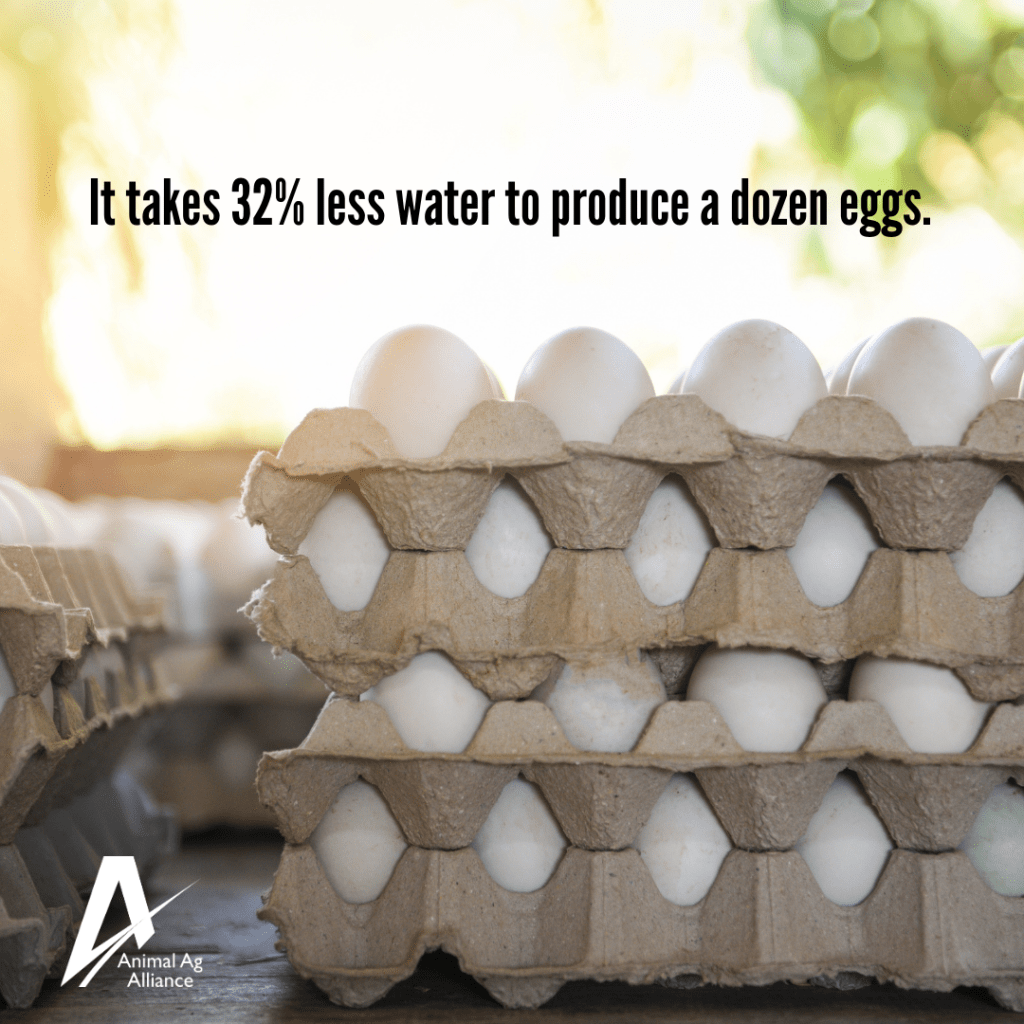
Thanks to advancements in technology and environmental practices, it now takes 32% less water to produce a dozen eggs! https://bit.ly/3PHceh2

U.S. egg farmer’s are committed to ensuring are safe for families to eat! http://bit.ly/3PHceh2

Have you ever noticed some of your eggs have darker or lighter colored yolks than others? This is due to differences in hen diets, but does not impact nutrition, quality, or flavor! https://bit.ly/3c5VZJz
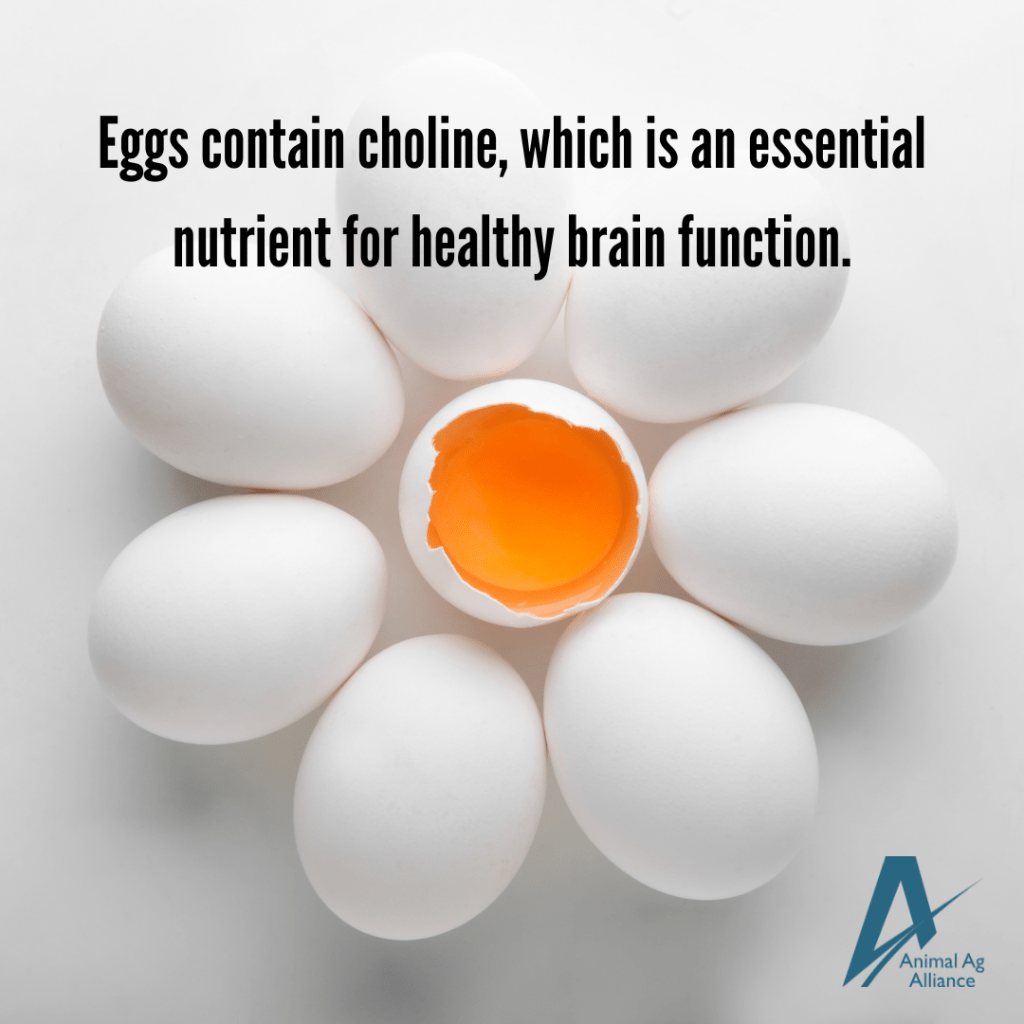
One egg provides 13 essential vitamins and nutrients! https://bit.ly/3rrTjxx.
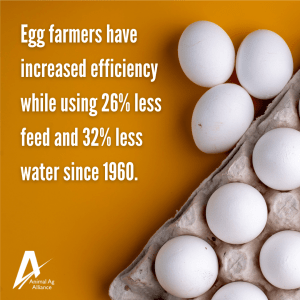
Egg farmers have increased water and feed efficiency since 1960. Learn more in our Sustainability Impact Report: bit.ly/34wTBlx
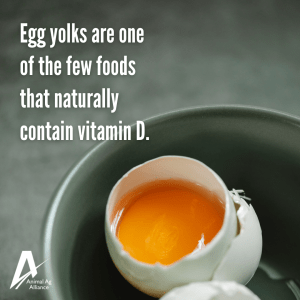
Vitamin D is essential to the human diet. Egg yolks are a great way to get a little extra in each day! bit.ly/3XJI3Xd

Egg farmers rely on nutritionists and feed experts to ensure hens receive perfectly balanced diets each day that provide them with the precise amounts of vitamins, minerals, and macronutrients required for their life stage. https://bit.ly/3WL6z9T
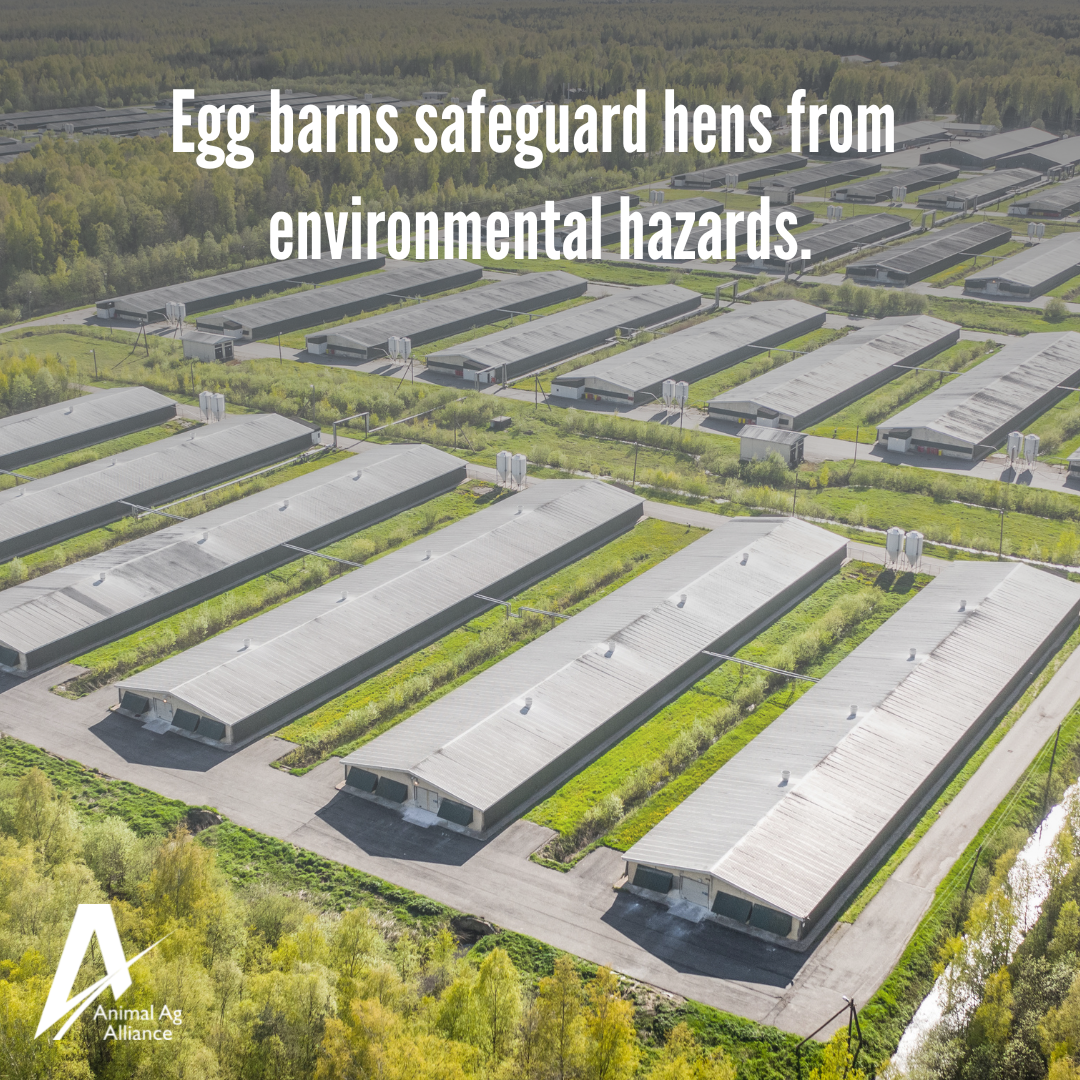
During the age of backyard flocks, high hen mortality was caused by extreme weather, predators and disease. Climate-controlled barns keep hens healthy and protected from the elements. https://bit.ly/3yUw6EN

The UEP Certified Guidelines were developed by an independent Scientific Advisory Committee comprised of veterinarians and university professors who are recognized experts in hen welfare. https://bit.ly/2GVQEnk
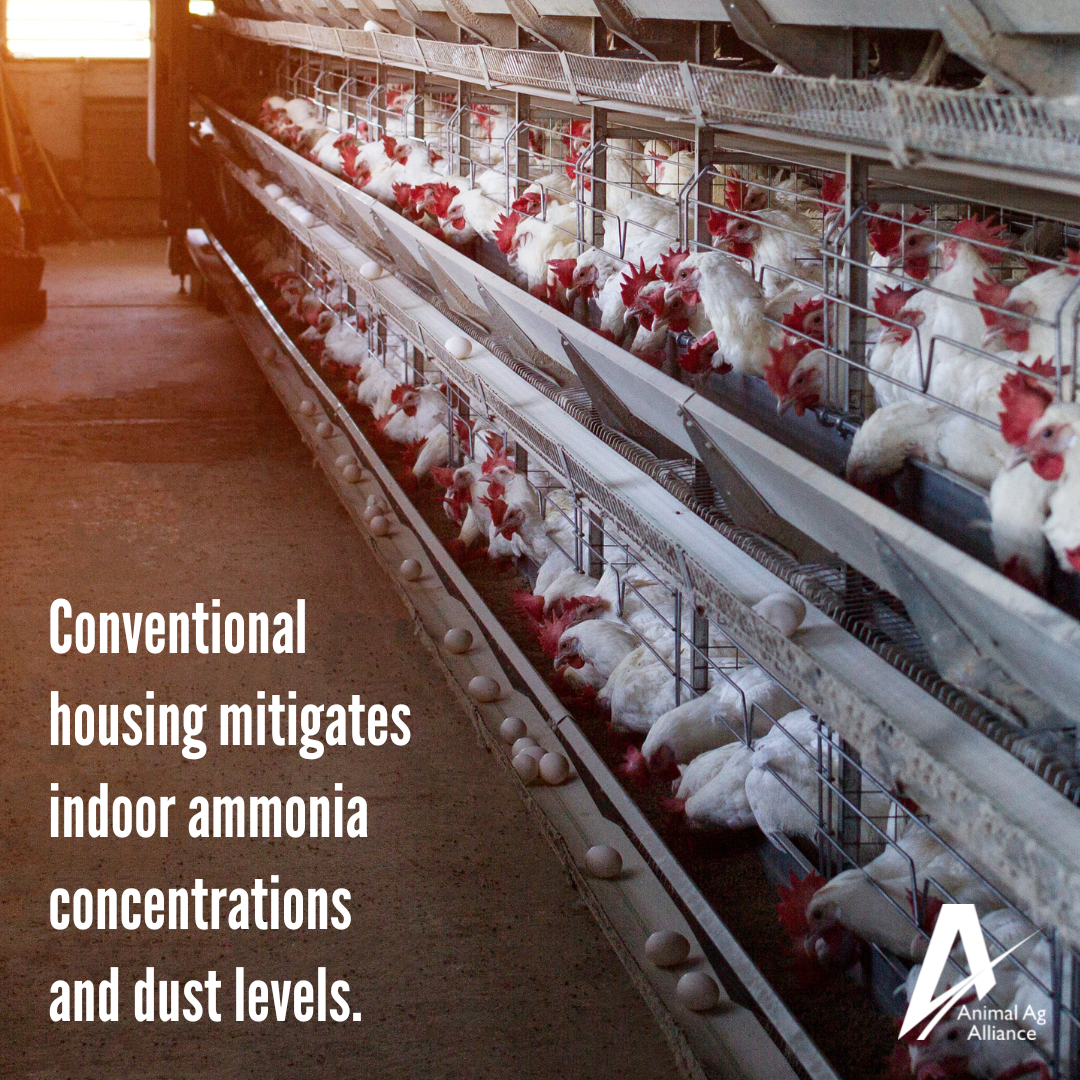
According to a study from the Coalition for Sustainable Egg Supply, air quality ranked best in the conventional and enriched colony houses when compared to a cage-free system. https://bit.ly/3yQakSE
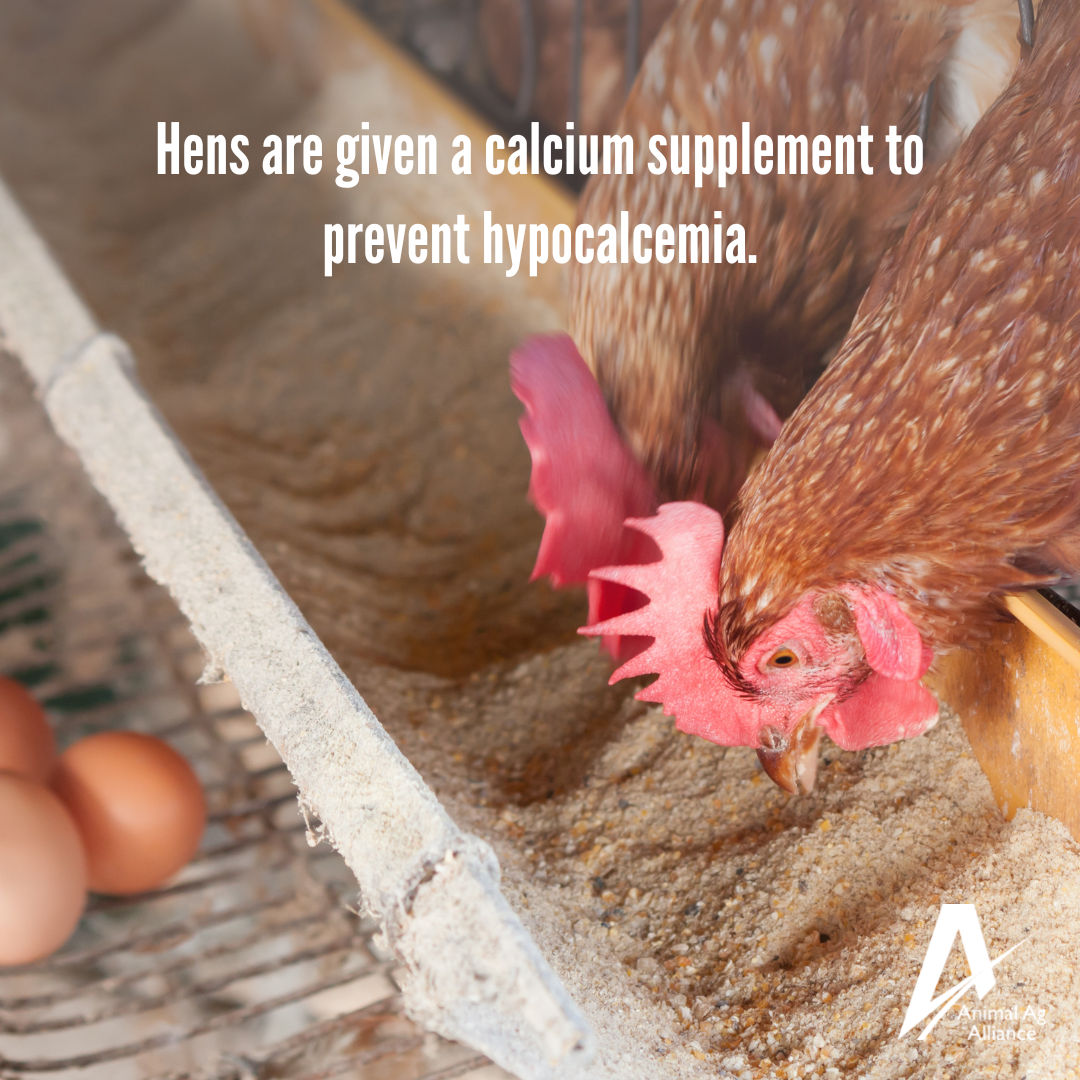
Hypocalcemia typically occurs in hens with abnormally low blood calcium levels as a result of high egg production. This can be easily resolved by providing a calcium supplement for the hens, such as crushed oyster shells! http://bit.ly/3F2JKt4
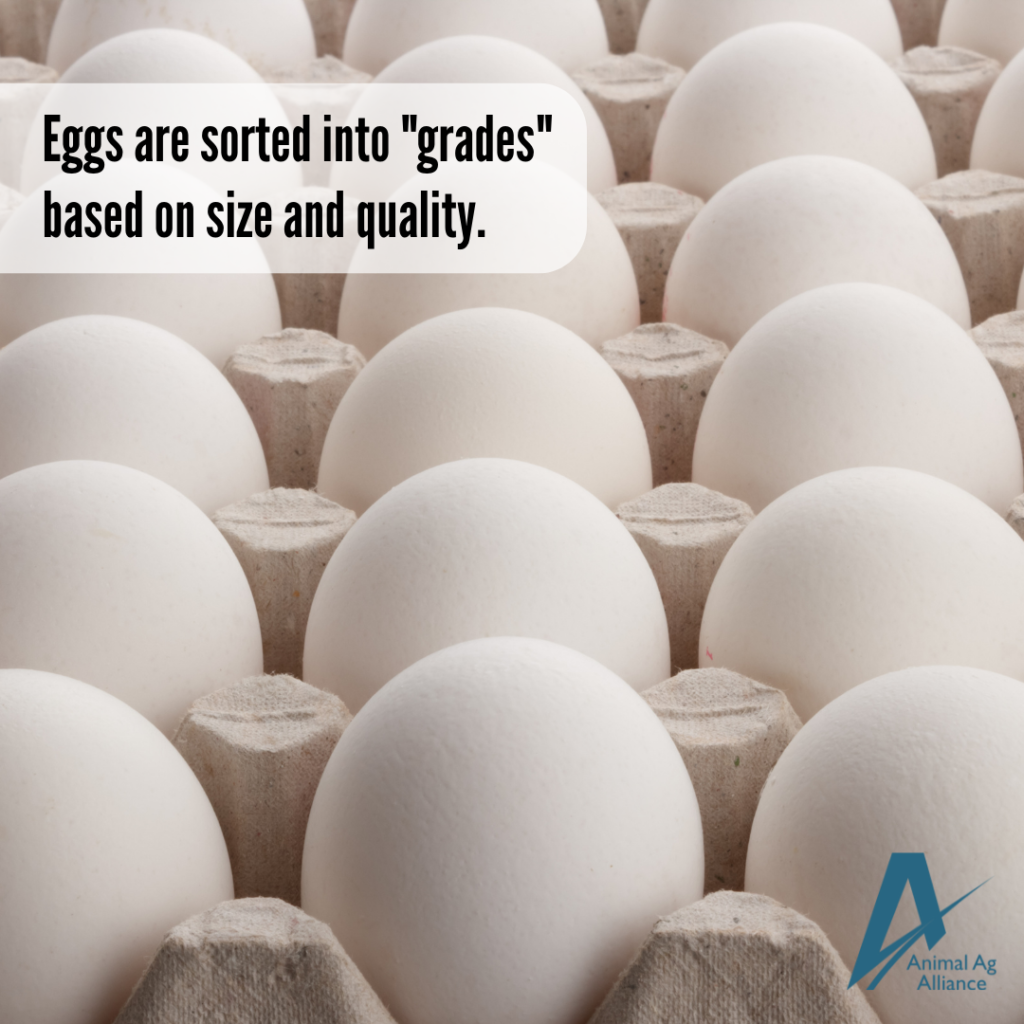
While eggs are getting processed, they are sorted by size/weight and quality. Based on those, they receive a grade of AA, A, or B, with AA being the greatest quality! bit.ly/3T5Bi0M

Animal health is a top priority for farmers. Even one sick bird can cause illness to spread very rapidly. Allowing a few days between visiting flocks ensures the protection of bird health! https://bit.ly/2mX0VDb

Hens are raised indoors to protect them from illness, predators and the elements. Climate-controlled facilities allow farmers to keep flocks at a comfortable temperature while providing plenty of airflow through the barn. https://bit.ly/3ADMr05

Egg farmers, farm employees, and veterinarians take biosecurity very seriously. All farmworkers must wear special protective clothing and wash their hands to prevent hens from becoming sick. https://bit.ly/2mX0VDb
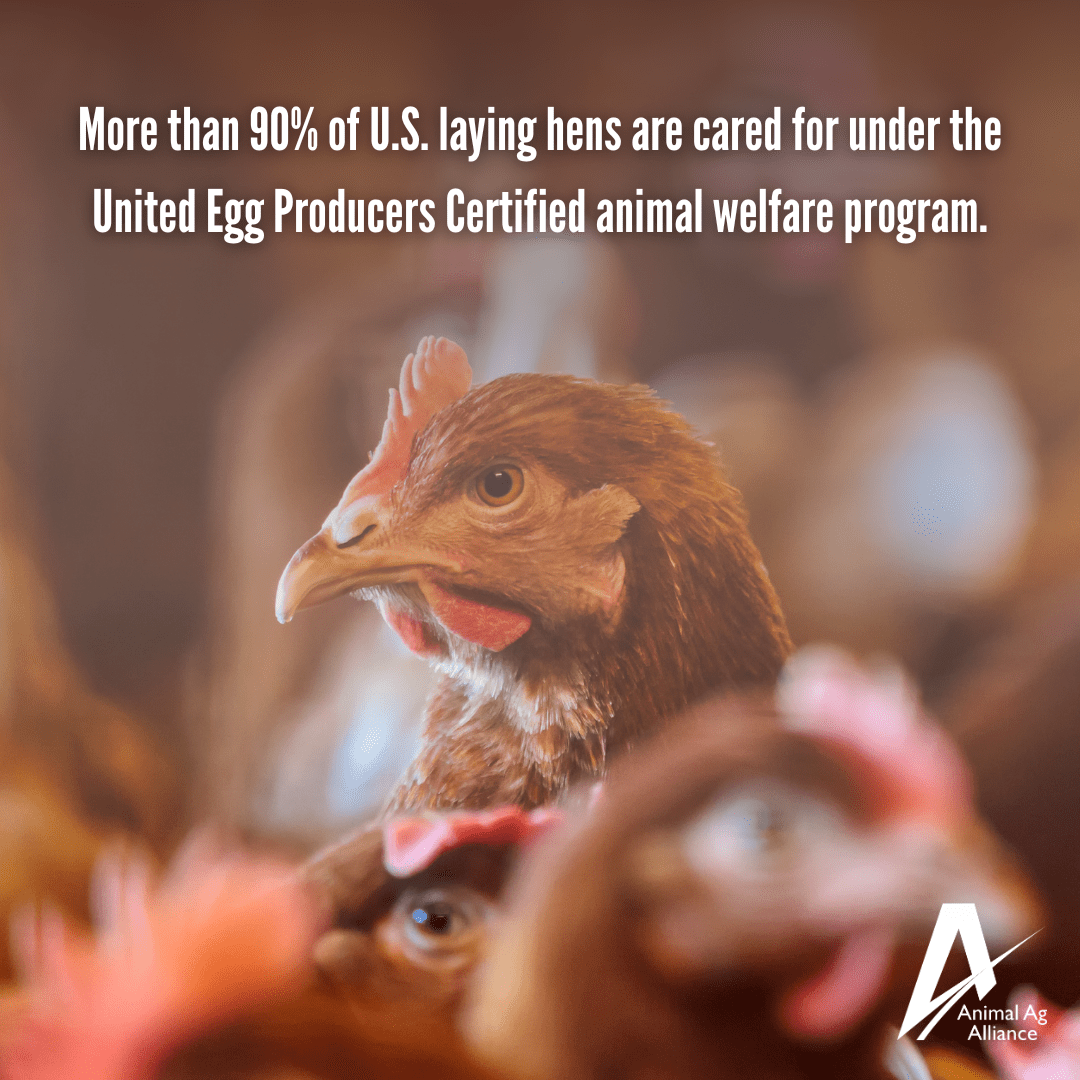
Egg farmers are committed to providing the best care possible for their hens. UEP Certified provides guidelines for all types of hen housing that ensure farmers adhere to science-based welfare practices! https://bit.ly/3j5XVoO

Egg yolks have choline, an important nutrient for pregnancy that aids in healthy brain development of the fetus. Eggs also contain vitamin D which is crucial for bone health! https://bit.ly/3ADMr05

Eggs are gathered immediately on collection belts to be sent for sanitization and washing. https://bit.ly/3H4MdAM

A double yolk occurs when a chicken releases two yolks into the same shell. Some say it’s a sign of good luck to find them! https://bit.ly/3sYhiRN

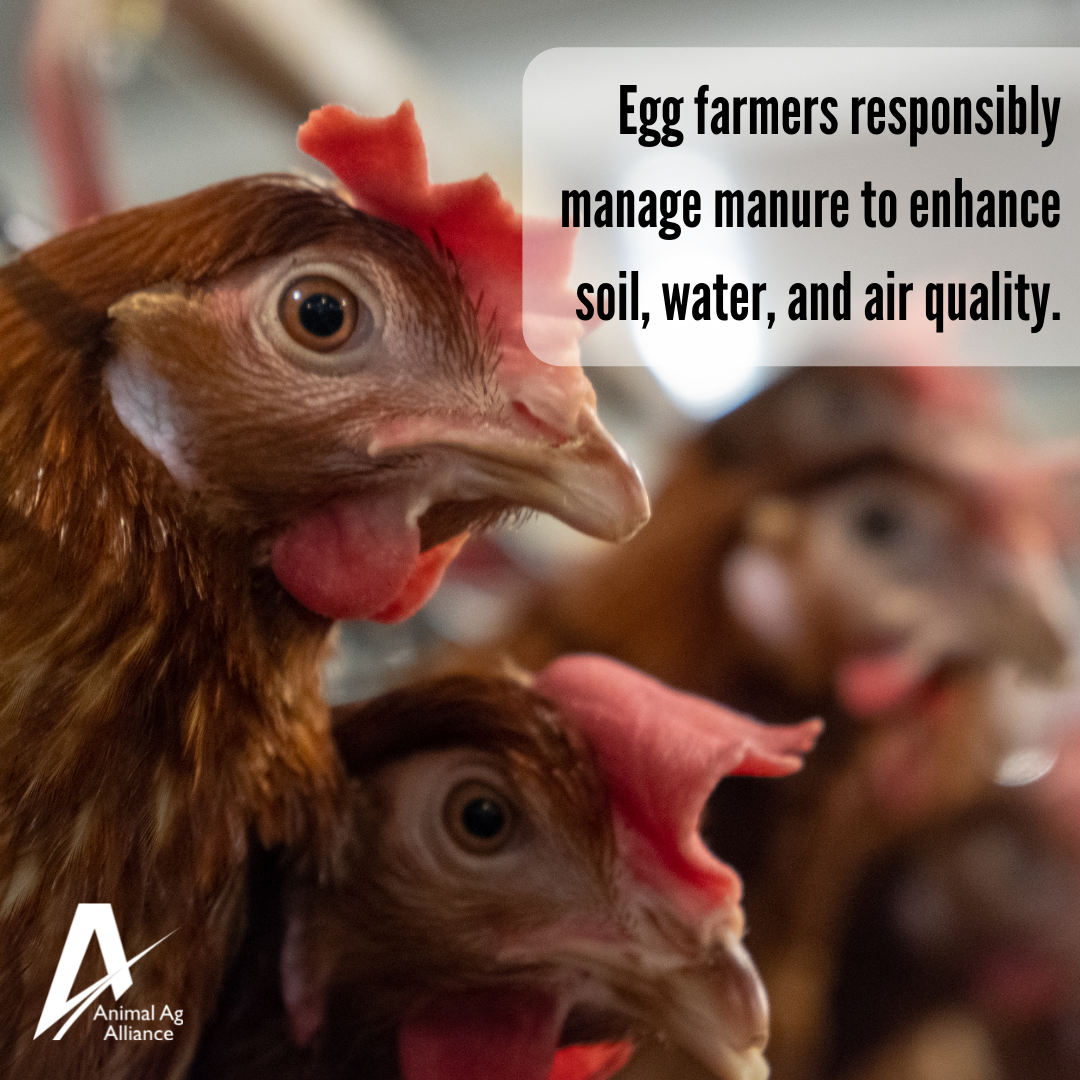
Egg farmers work with scientists, researchers, engineers, & technical experts to further improve their sustainability practices. Manure from hens can be recycled into natural fertilizer to grow crops with little nutrient loss to waterways or the air. https://bit.ly/3BwFIoh
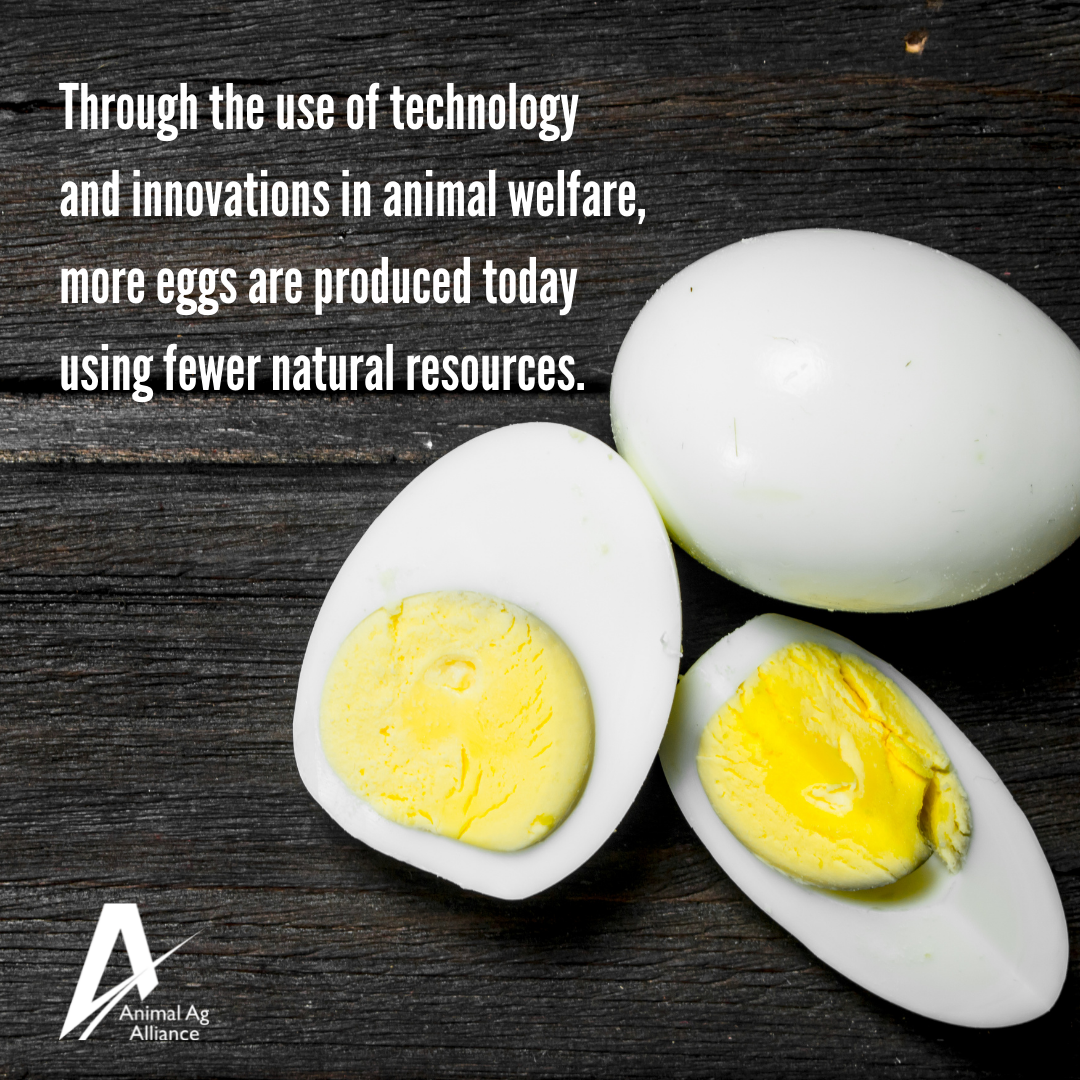
From 1960 to 2010, 32% less water was used to produce a dozen eggs. If egg farmers used technology from 1960 to produce today’s supply of eggs, they would need 1.3 million additional acres of corn and 1.8 million more acres of soybeans. https://bit.ly/3AxC9x0

Conventional housing and modern manure management keep egg-laying hens in minimal contact with waste, greatly minimizing disease risk. https://bit.ly/3t60KHE
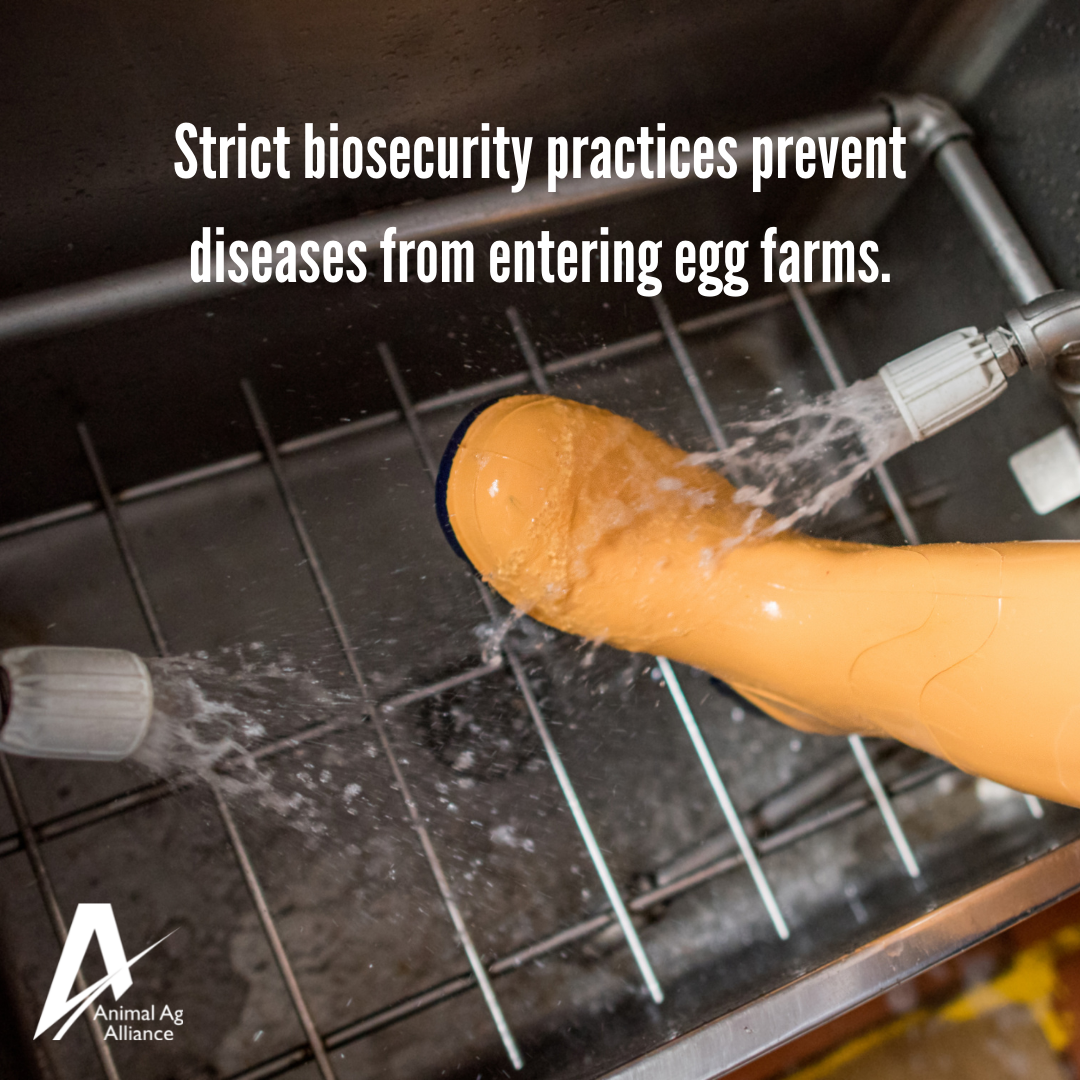
Common biosecurity practices include: biosecurity signs, entry/exit procedures, sanitizing vehicles and equipment, wearing designated clothing, and boot wash stations. https://bit.ly/2mX0VDb
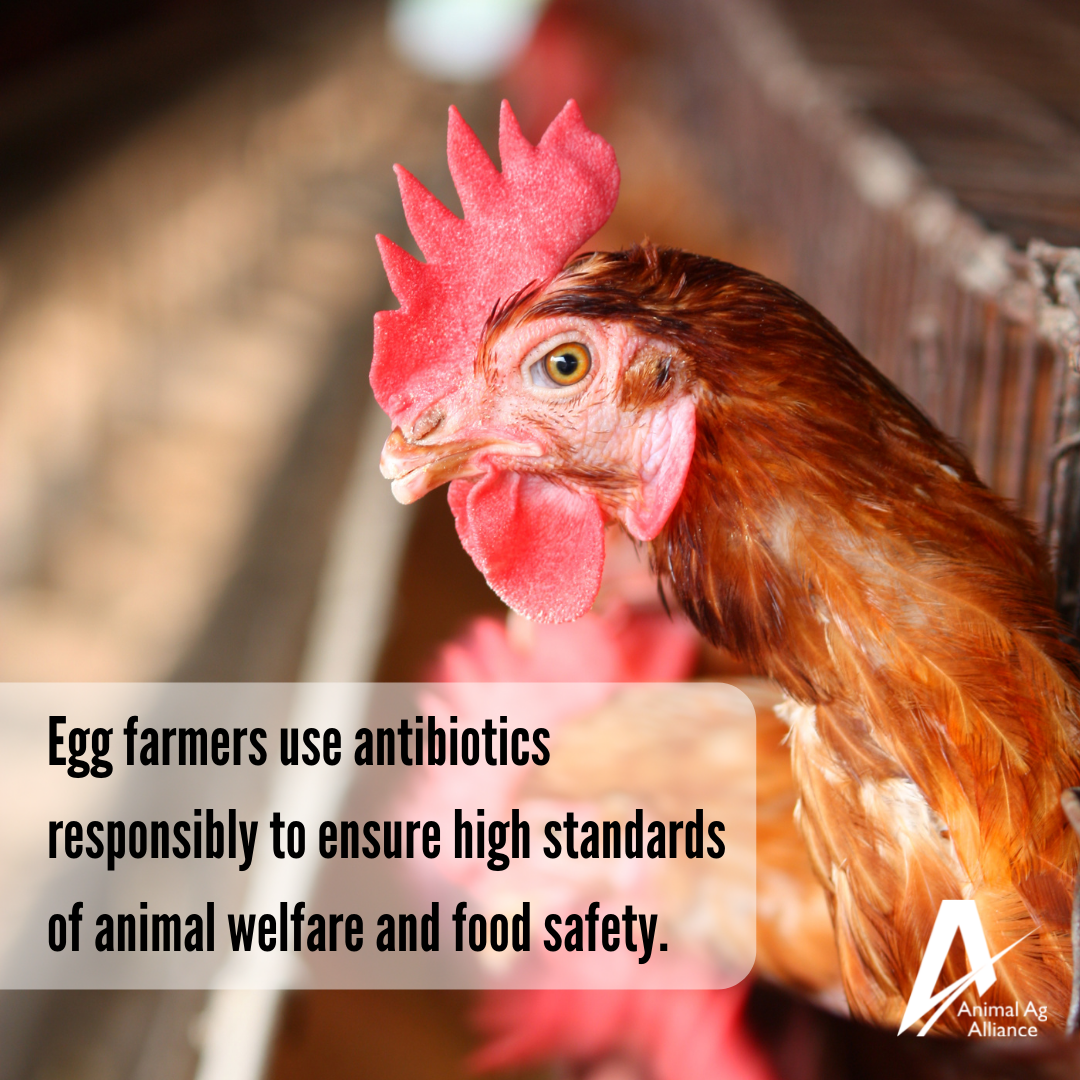
Due to successful disease prevention, few hens require antibiotics. If necessary, hens are briefly treated under the supervision of a veterinarian. Eggs from treated hens can’t enter the food supply unless they’re safe for human consumption. https://bit.ly/3lx1vqq

Egg farmers follow rigorous cleaning procedures to prevent disease. Eggs are washed and sanitized under strict regulations with 110-115°F water to remove contaminants. https://bit.ly/305rLzR
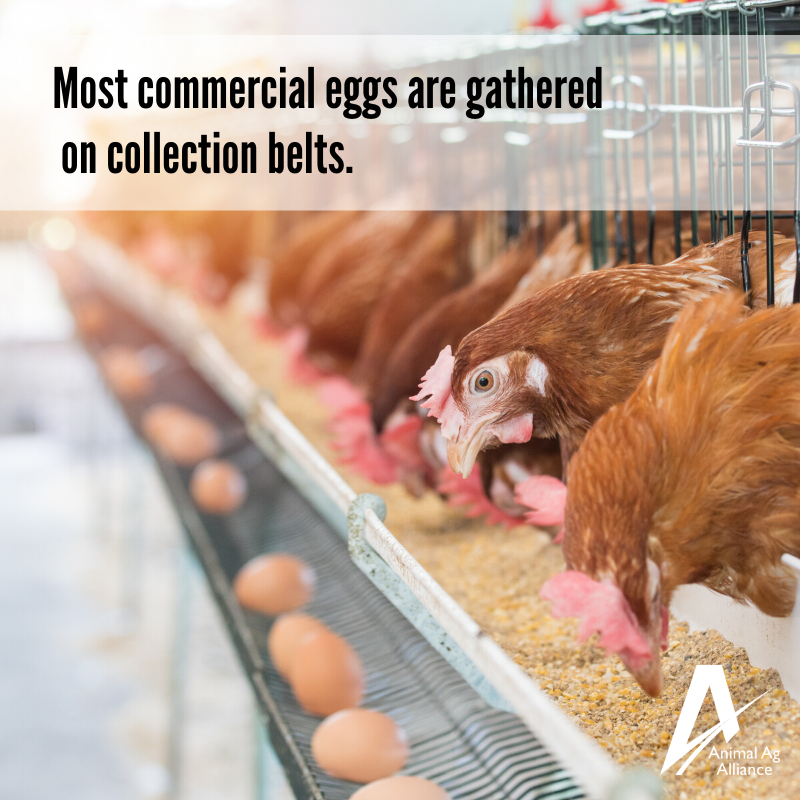
Most eggs aren’t gathered in baskets anymore! To ensure freshness, an automated belt gathers eggs and moves them to a refrigerated holding room until they are washed and inspected. https://bit.ly/2m2trD1

A 2010 study showed hens are 27% more productive than their 1960 counterparts thanks to improvements in health, nutrition and living environments! bit.ly/2JAzkET
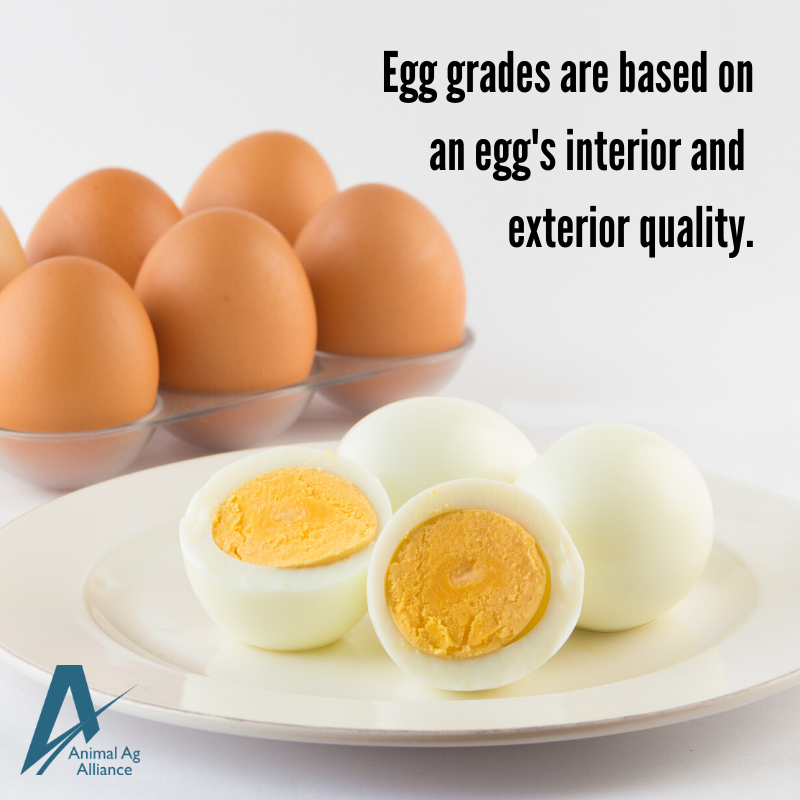
Eggs are graded AA, A or B based on the appearance of their shell, yolk and albumen (also known as the egg white). https://bit.ly/2HDnuY2
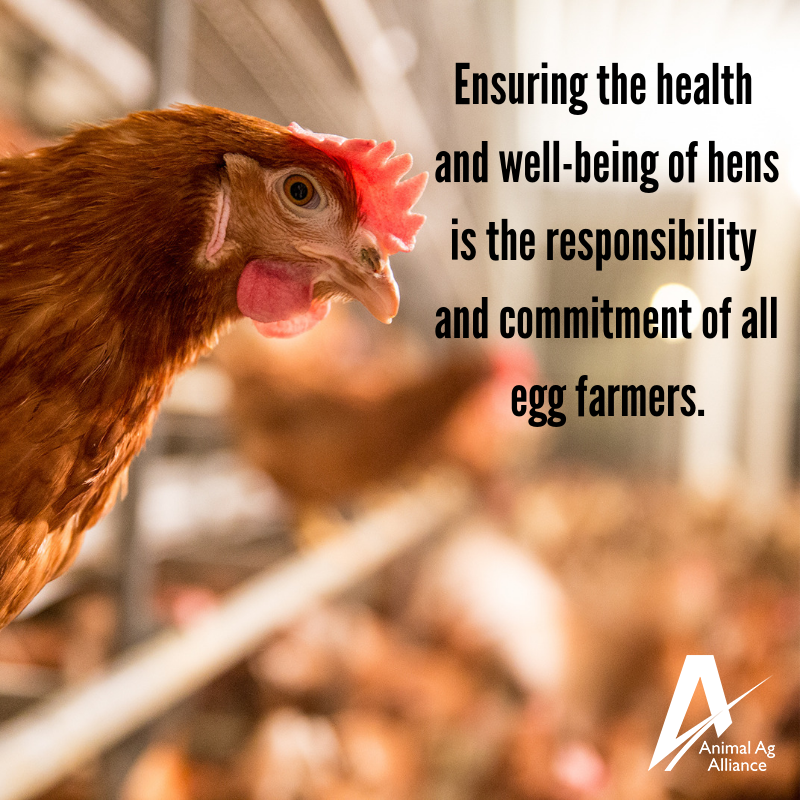
Hen housing practices used today, most of which include housing hens indoors, eliminate many hen diseases and provide the hen with protection against the weather and predators, while improving food safety, the environment and animal welfare. http://bit.ly/2tF6nOS

Eggs take only 24 to 26 hours to form in a hen. Thirty-minutes after laying eggs, the process inside the hen starts all over again. https://bit.ly/2Z9JOPS

These eggs provide more omega-3 fatty acids from 100 mg to over 600 mg per egg! https://bit.ly/2JYLXu8

Now that’s fresh! Learn more about where eggs come from and how farmers take care of their communities, hens, and planet: http://bit.ly/2cKTyNQ
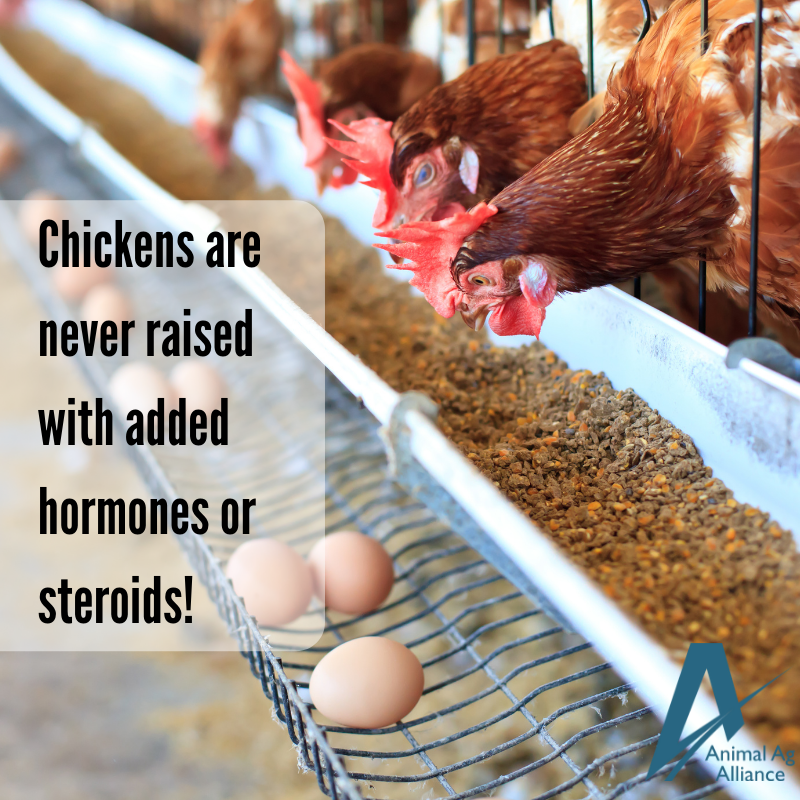
Fact: All poultry are raised without added hormones. https://bit.ly/3kKLnDU

Myth: Brown eggs are fresher and healthier than white eggs.
Fact: Egg color does not contribute to freshness or nutritional value. Color depends on the breed of hen that laid the egg. All eggs are a great source of protein with 6 grams per egg and an average of only 70 calories! http://bit.ly/1Xj0EYu
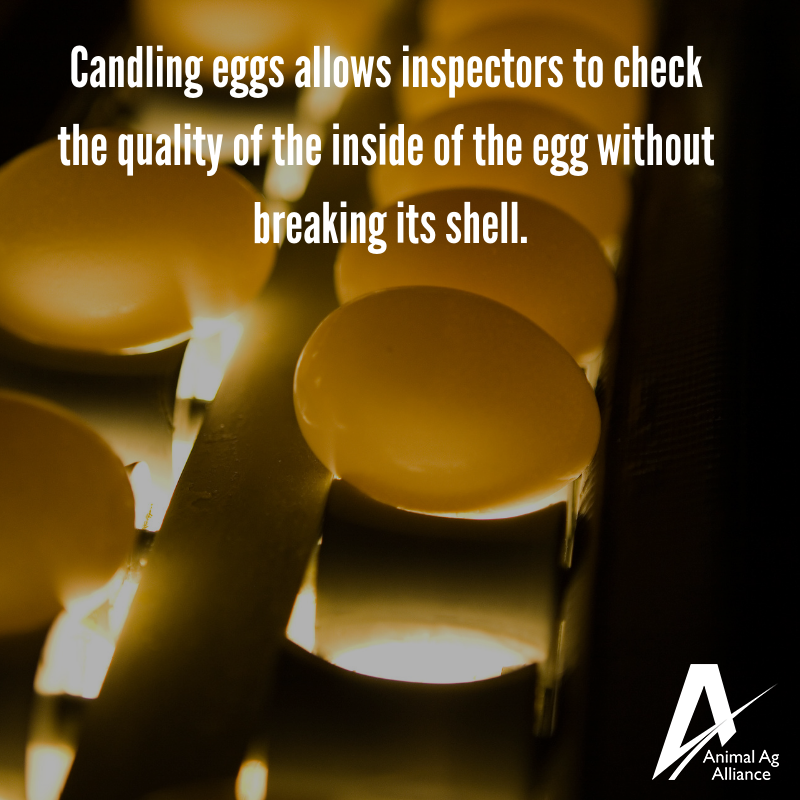
One step in the farm to store journey is candling! Egg shells are translucent enough for inspectors to hold the egg up to a light source and check the interior for quality without breaking the shell. http://bit.ly/1XpabgU
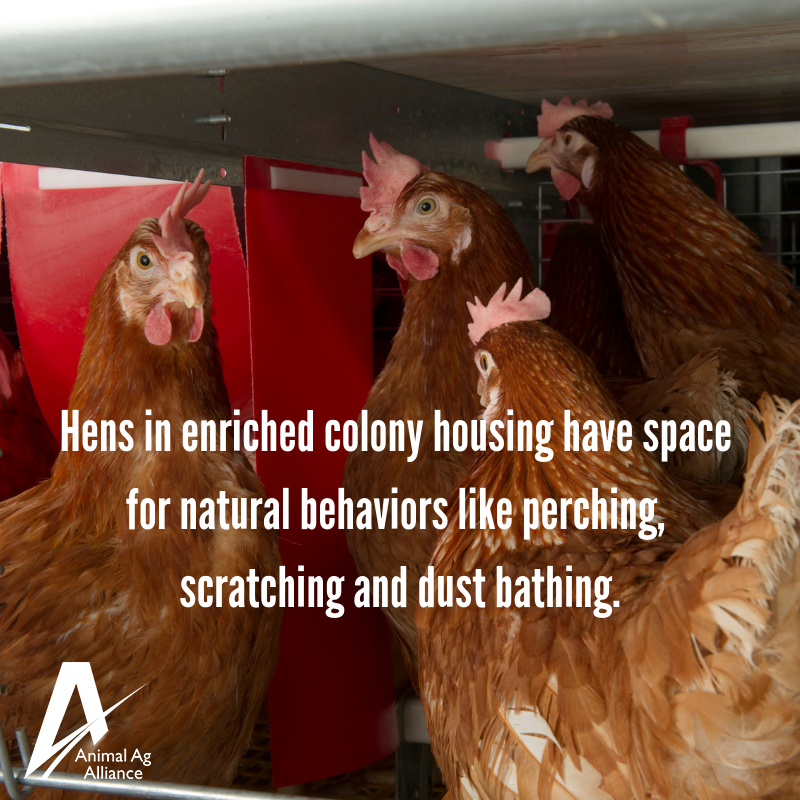
There are three main types of hen housing: conventional cage, cage-free and enriched colony. Hens in enriched colony housing live in smaller groups and have space for natural behaviors like perching, scratching and dust bathing. Curtains provide hens with privacy during nesting. https://bit.ly/2TZSQN1
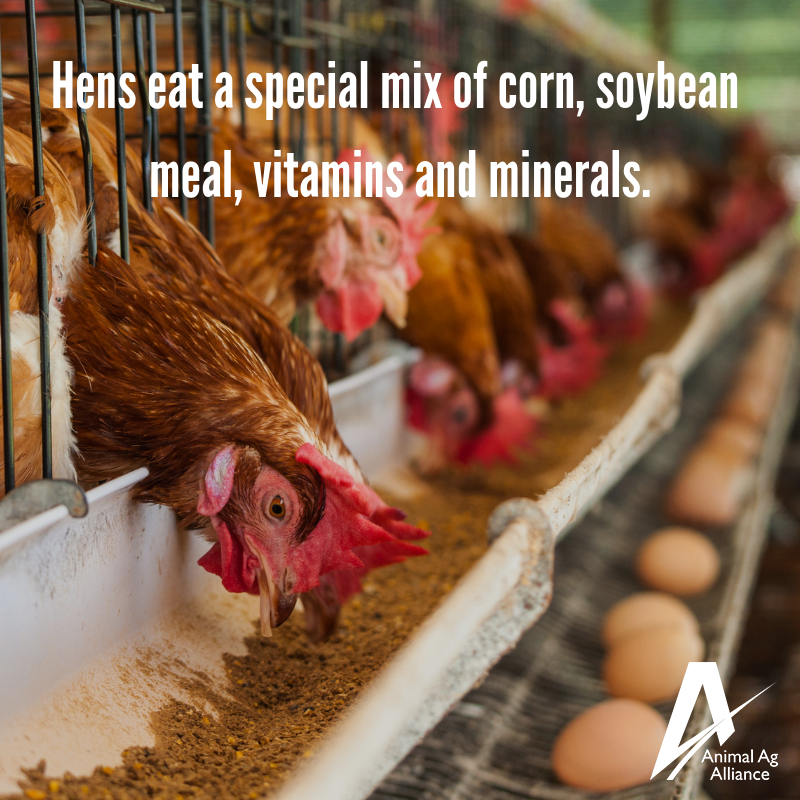
America’s egg farmers feed their hens food that meets the birds’ daily nutrient requirements. The feed is carefully balanced by a poultry nutrition specialist to combine the right amounts of protein, fat, carbohydrates, vitamins and minerals. https://bit.ly/2BLYrzs
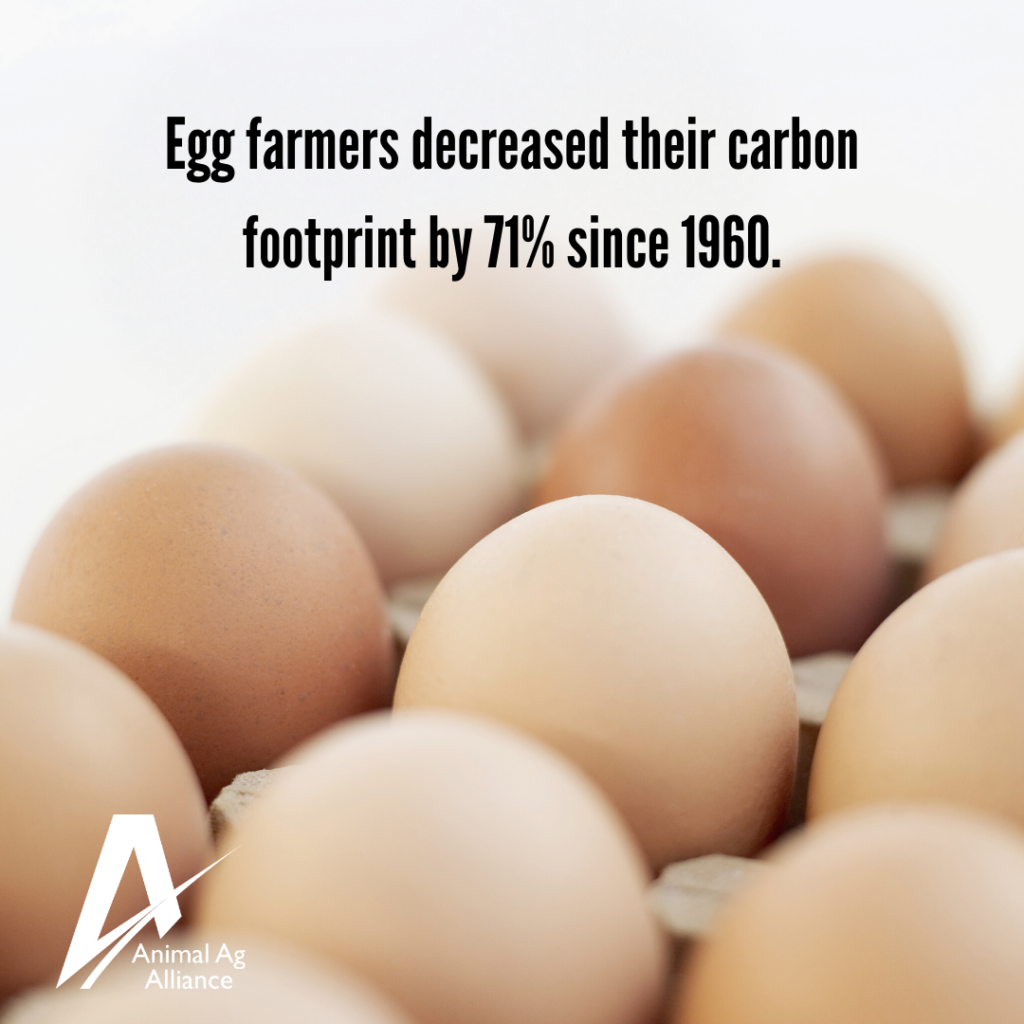
Compared to 1960, egg farmers have made significant strides in minimizing their environmental impact with the help of technological advancements and improved animal husbandry practices. https://bit.ly/2KJ6gKx
Category: Social Media
Tag: Eggs, Social Media,
